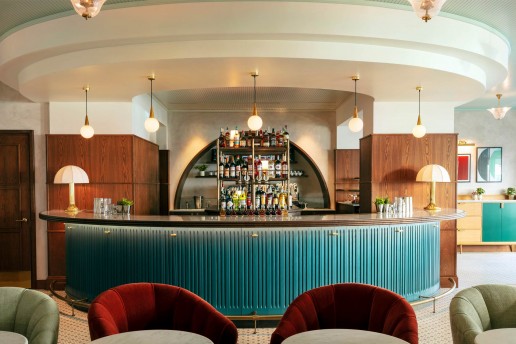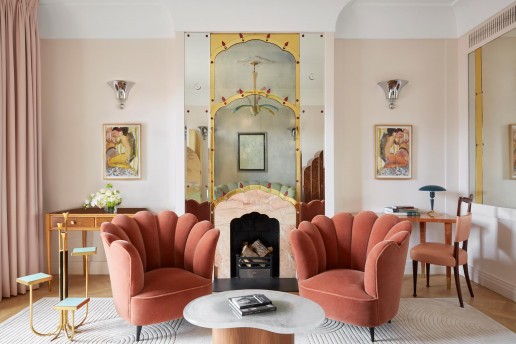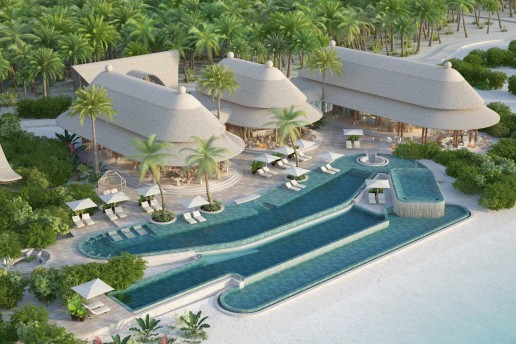Ewald Damen, Partner and Creative Director at Virgile + Partners, takes a look at how hotels can infuse wellness in the guest experience to combat stress, fatigue and jet lag.
We all know the exhaustion of travel, so if when arriving at your end destination your well-deserved sleep turns in a night of tossing and turning, it’s an acute disappointment.
A hotel’s predominant function is as a place for you to spend the night and enjoy a good night’s rest, rather than succumb to sleeplessness. But a different time zone, the tiring journey itself and general dislocation away from your own bed often prevent you from closing your eyes and dreaming away.
A rejuvenating and relaxing holiday at a beach villa while listening to the ocean waves crash in a warm tropical temperature will probably ease you into a deep sleep. However, our hotel setting is not always so desirable and we may find ourselves in a small and cluttered room where the tropical fresh air is replaced by a noisy aircon unit that never seems to reach the right temperature.
Hotel design has prioritised comfort and service for many years, but finally there seems to be a realisation that sleep itself is a crucial element of the guest experience.
For many years, the focus turned to good bedding and specialist pillows with the luxury segment in particular, making an effort in providing guests with increased comfort to help them enjoy a good night’s rest.
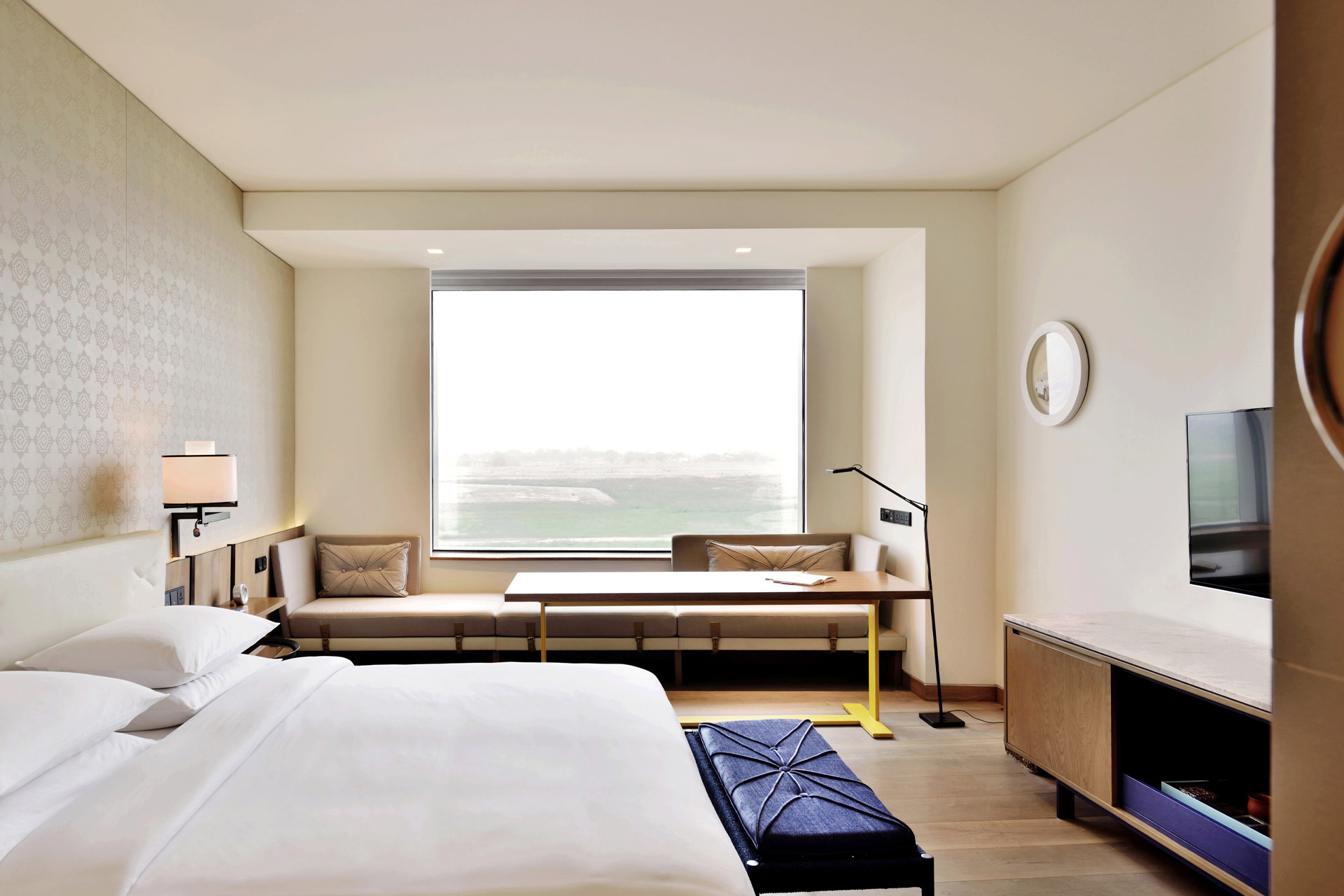
An awakening has triggered a new wave of thinking – that sleep is not purely about the bedding – that in addition to the physical wellbeing, the mental state and comfort of the guest potentially contributes even more to their sleeping pattern. Feeling calm, relaxed and comfortable is key to being about to close your eyes and wake up energetic and well-rested.
The hotel spa has always been a focal point for helping guests unwind and relax and the trend has been toward expanding the offering to include multiple treatments based on body and mind. The Mandrake Hotel in London provides a Spiritual and Wellbeing Concierge as part of room service and although not specifically targeted at sleep, the service aims to enlighten guests with a programme of healing sessions to add to their comfort and relaxation.
Marriott has also worked with wellness real estate firm, Delos, to develop its “Stay Well” rooms, which focus on providing guests with the most comfortable environment. The rooms combine “scientific research with technological advancements” and in addition to physical comfort incorporate technologies that help improve air and water quality, minimise exposure to germs and allergies and offers a nutrition and sleep programme.
Concepts like Zedwell in London meanwhile focus on sleep-centric rooms with calming interiors and noise and scent sensitive atmospheres. As a low budget version of the Marriott’s Stay Well, Zedwell – with its windowless rooms – introduces a calming interior away from the hustle and bustle of its Piccadilly-based, central London location. Serene colours with natural wood interiors incorporate subtle controlled lighting and calm-inducing scents to heighten relaxation and a night’s rest.
Zedwell’s approach to design gives an extra dimension to guest comfort and well-being. Although the Marriott Stay Well focuses on providing the most comfortable environment, the actual room design is often the opposite. Applied to a standard range of its hotels, the room interiors still rely on the typical hotel design cues overloading the senses with heavy furniture, patterned carpets and thick drapes. Bold and bright colours combined with rich, opulent textures follow a five-star luxury style but are a step away from inducing calm.
For hotel design in general should focus more on the comfort and wellbeing of the guest while providing a welcoming and warm alternative to home.
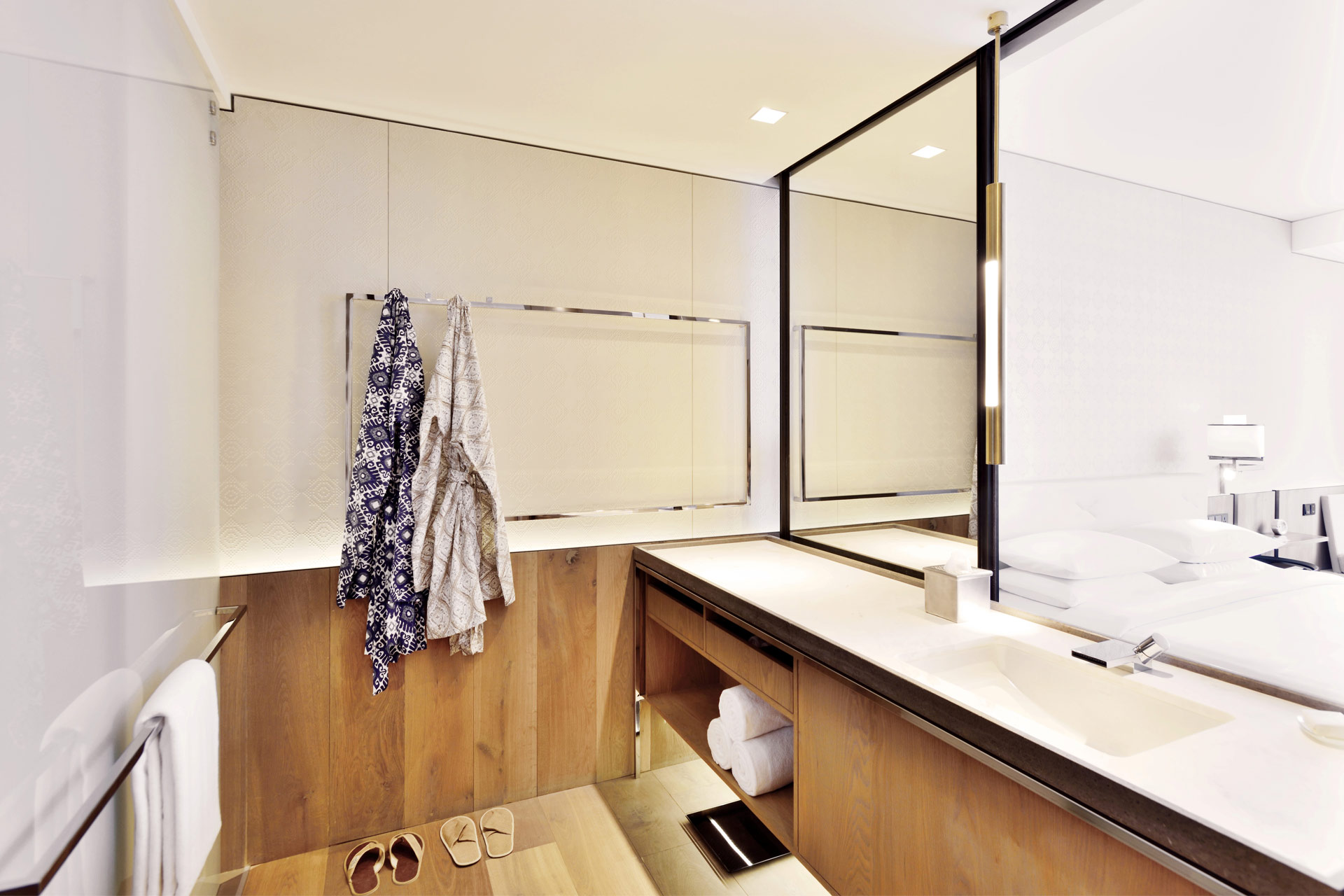
Heavy patterned carpets are logical from an acoustic and dirt-disguising perspective, but as we started stripping them out of our homes to achieve a more modern, simple and clean aesthetic – maybe the hotel industry should follow suit?
When designing the Andaz hotel in New Delhi, we focused on creating rooms to give guests a serene retreat – a space to feel comfortable and calm after experiencing the many senses of India and the hectic hustle and bustle of Delhi as a city. Natural wood combined with bright and fresh room design, included considered programmable lighting and incorporated a long sofa comfortable for two people to relax and unwind. Clean lines and simple textures aimed for an uncluttered and almost minimal design, yet still introduced contemporary visual references to the Indian culture emphasising a home away from home.
With a broader focus on healthy living and quality of life, hotel design and specifically rooms will need to adapt to the wellbeing and sleep-well ethos. Hotels’ first and foremost function has always been as a roof over the head and a place to sleep – for guests to feel at home and secure. But to become more than just a crash pad, hotels should go beyond the basic rules of a good night’s sleep. Low noise levels, fresh air, perfect temperature and comfortable bedding are the basics one should expect from good accommodation. Then there are the added services – through nutritious food, specialist spa treatments – such as guided meditation – and added in-room aromatherapy to help guests unwind and promote sleep. Equally, hotels should focus on the waking up experience and ensure a refreshing morning start that’s a memorable ritual in a fitting environment.
In our increasingly fast-paced lives, the changing, more mindful guest is looking for ultimate breaks of relaxation and a more conscious approach to rest and sleep. Hotels of all standards will need to respond to this changing lifestyle and embrace all aspects of “sleep well” thinking.
